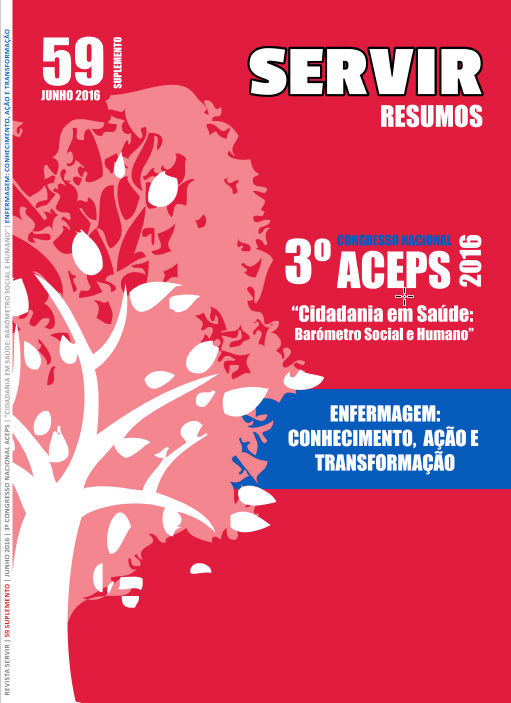Low back pain and functional disability in nurses
DOI:
https://doi.org/10.48492/servir0259.23207Palabras clave:
Low back pain, Nursing, Functional DisabilityResumen
Introduction
Nurses in hospital setting and in their duties context are subject to excessive and repetitive efforts during long periods of time, adopting incorrect postures. The shortage of human and technical resources and some working conditions are favorable to the emergence of low back pain. These cause pain, functional limitations and high costs of health care and can contribute to high work absenteeism.
Objectives
To assess the prevalence of low back pain in nurses. To determine the bond between sociodemographic variables and functional disability to low back pain.
Methods
This is a non-experimental study, of quantitative and transversal nature, following a descriptive correlational route. It was used a non-probabilistic convenience sample consisting of 103 nurses performing duties at the hospital, aged 25 to 54 years (mean = 34.01 ± 7.69). For the variables measurement it was used a data collection instrument in order to assess the prevalence of low back pain and the Low Back Pain and Disability Questionnaire of Quebec (QDLIQ).
Results
The nurses showed a high prevalence of low back pain (78.64%) in the last 12 months. Results suggest that low back pain prevalence is more frequent in women under 40 years old, overweight, who don’t perform any work out activity, that do daily household activities and have a high degree of functional disability.
Conclusions
Results of this research confirm the high prevalence of low back pain in the sample of nurses. It also showed the association with sociodemographic variables and functional disability. It is clear the need of greater intervention by those who have management functions, as well as the Institutional Occupational Health services.
Descargas
Descargas
Publicado
Cómo citar
Número
Sección
Licencia
No intuito de promover a livre circulação do conhecimento, a Servir funciona em regime de acesso livre (open access). Todo o seu conteúdo está disponível e protegido sob a licença Creative Commons (CC BY 4.0).
A revista permite o auto-arquivo em repositórios institucionais de todas as versões, podendo ficar imediatamente disponíveis.


